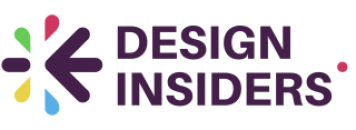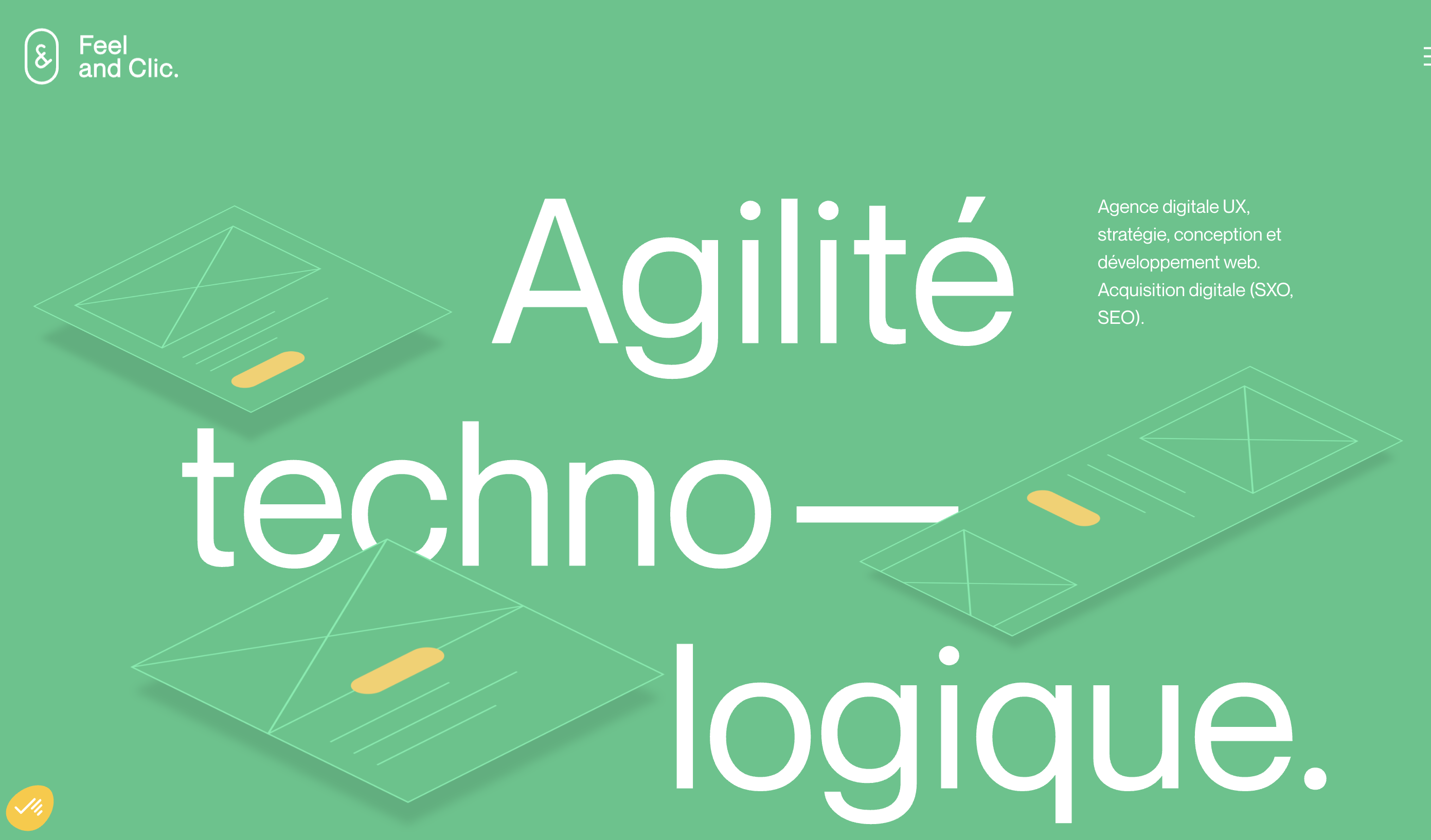
Understanding Your Worth in the Design Industry
Recognizing Your Unique Contributions
Understanding your worth in the design industry is crucial, especially when you are looking to negotiate your salary. As a designer, whether you are at a junior or senior level, it is essential to recognize the unique contributions you bring to the table. This involves a deep dive into your skills, experiences, and the impact of your work on past projects. Knowing what sets you apart from others can significantly boost your confidence during negotiations.
Evaluating Market Trends
To effectively assess your worth, it's important to stay informed about current market trends and salary benchmarks within the design industry. This knowledge not only helps you understand where you stand but also prepares you for discussions about salary expectations. Consider exploring resources that offer insights into crafting effective evaluation frameworks for design professionals, which can provide a structured approach to understanding your value.
Aligning with Industry Standards
While knowing your personal value is important, aligning it with industry standards is equally crucial. This involves researching what other designers with similar skills and experiences are earning. By doing so, you can ensure that your salary expectations are realistic and competitive. This alignment will also prepare you for potential counteroffers and rejections, as discussed in later sections.
Researching Industry Standards
Benchmark Your Salary Against Industry Norms
To negotiate effectively, it's crucial to understand the prevailing salary trends within the design industry. Start by scouring reliable sources such as the AIGA Design Census or Glassdoor to get a comprehensive insight into the average salary statistics for your role and experience level. This baseline knowledge will prepare you for an informed conversation with your employer.
Understand the Variables Impacting Salary Range
Several factors can influence salary expectations in the design sector. These include geographical location, the size and reputation of the company, and the specific design discipline you're in—whether it be UX design, product design, or another niche. By identifying these variables, you’ll be better equipped to assess where you stand and where you can aim.
Evaluate Your Unique Skills and Market Demand
Your specialized skills and the demand within the market play a significant role in determining your value. Analyze current job listings to gauge which skills are in high demand and assess your proficiency in those areas. Strong expertise in emerging technologies or a distinct portfolio could enhance your bargaining power.
Identify Comparable Roles and Remunerations
To have a more tailored perspective, compare your role with similar positions in other companies or industries. Look at the responsibilities, required qualifications, and compensation. Consider visiting sites focused on UX opportunities for design innovation as they often list comparative roles and required skills that can shine a light on industry remuneration standards.
Preparing for the Negotiation
Defining Your Negotiation Strategy
Preparing for a salary negotiation requires a strategic approach to ensure you present yourself in the best light. It's crucial to enter the discussion with a clear outline of what you hope to achieve and the steps to get there. Begin by reviewing your achievements in the design field and pinpointing how they align with the company's goals. This will serve as the foundation for your negotiation stance, showcasing not just past successes but also potential contributions to the new role. To refine your strategy, consider creating a narrative that eloquently communicates your professional journey and development. Highlight the skills acquired and how they contribute to your expertise within the design industry. Preparing data-driven insights, such as successful project outcomes or metrics that demonstrate your impact, further reinforces your value proposition. Gathering evidence of your capabilities requires meticulous documentation and a systematic approach; enhancing your workflow with tools like a Dribbble spreadsheet content calendar can help organize key points efficiently. This preparation not only boosts confidence but ensures your argument is persuasive and tailored to your prospective employer's needs. Make it a point to rehearse your negotiation narrative, possibly with a mentor or industry peer, to refine your delivery and address gaps in your presentation. Establish a range for your expected salary, factoring in industry standards and personal circumstances you researched earlier, to remain flexible yet firm during discussions. Proper preparation is vital. Enter negotiations with clear objectives and well-supported claims to enhance your chance of securing the salary you deserve.Communicating Your Value Effectively
Articulating Your Unique Contributions
When negotiating your salaire as a designer, it's crucial to clearly communicate the unique value you bring to the table. This involves not only understanding your worth but also being able to articulate it effectively. Start by identifying specific projects where your contributions led to significant improvements or innovations. Whether you are a junior or senior designer, showcasing tangible results can significantly bolster your position.
Using Data to Support Your Claims
Data-driven arguments can be particularly persuasive. If you've led a project that increased user engagement or improved a product's usability, use metrics to highlight these achievements. This approach not only demonstrates your impact but also aligns with industry standards, as discussed earlier. Remember, numbers can often speak louder than words.
Tailoring Your Message to the Audience
Understanding who you're negotiating with is key. Tailor your message to align with their priorities and the company's goals. For instance, if the company values innovation, emphasize your role in driving creative solutions. If cost-efficiency is a top priority, highlight how your work has optimized processes or reduced expenses. This strategic alignment can make your case more compelling.
Practicing Effective Communication
Effective communication is not just about what you say but also how you say it. Practice your pitch to ensure clarity and confidence. Avoid jargon that might confuse non-design stakeholders. Instead, focus on clear, concise language that underscores your value. This approach not only enhances your credibility but also builds trust with your audience.
By effectively communicating your value, you set the stage for a successful negotiation. Remember, it's not seulement about stating your worth but also about demonstrating it through concrete examples and strategic alignment with the company's objectives.
Handling Counteroffers and Rejections
Dealing with Counteroffers
When you receive a counteroffer, it can be tempting to accept immediately, especially if it meets your initial expectations. However, take a moment to evaluate whether it aligns with your long-term career goals as a designer. Consider whether the offer reflects your worth and the industry standards you've researched. Remember, a counteroffer is an opportunity to further negotiate and ensure that your salary and benefits package is truly competitive.
Responding to Rejections
Rejections can be disheartening, but they are also a chance to learn and grow. If your salary negotiation doesn't go as planned, seek feedback to understand the reasons behind the decision. This feedback can be invaluable for your future negotiations. It's important to maintain a professional demeanor and express your willingness to continue contributing to the team. This attitude not only reflects your professionalism but also keeps the door open for future opportunities.
Maintaining Professional Relationships
Whether you receive a counteroffer or face rejection, maintaining a positive relationship with your employer is crucial. Professionalism in these situations can enhance your reputation within the industry. Remember, the design field is interconnected, and your current employer might be a valuable reference or connection in the future. Keep communication open and express gratitude for the opportunity to negotiate, regardless of the outcome.
By handling counteroffers and rejections with grace, you not only safeguard your current position but also set the stage for future negotiations. This approach ensures that you remain a respected and valued member of the design community, whether you are a junior or senior designer.
Continuing Professional Development
Continuously Evolve Your Skillset
In the ever-evolving world of design, continuous professional development is key to not only maintaining your current position but also advancing your career. Staying current with the latest design trends, tools, and methods demonstrates your commitment to growth. This ongoing development also positions you as an authority in the field, making future salary negotiations more favorable.
An effective way to build your expertise is by regularly attending workshops, webinars, and design conferences. Engaging with industry experts and peers not only enhances your knowledge but also expands your professional network, which can open doors to more opportunities. Certifications in specialized design software or techniques also add value to your portfolio.
Consider setting personal development goals that align with your career aspirations. These goals could include mastering a new design tool, learning about user experience (UX) principles, or improving your leadership skills. By taking proactive steps in your development, you invest in your future, ensuring you're well-prepared to bring more value to your organization.
As you continue to grow, remember to document your achievements and learning experiences. This record not only highlights your dedication but serves as evidence of your expanded skill set during salary discussions. It’s vital to communicate how your continuous improvement translates into tangible benefits for your company, reinforcing your value during negotiations.









